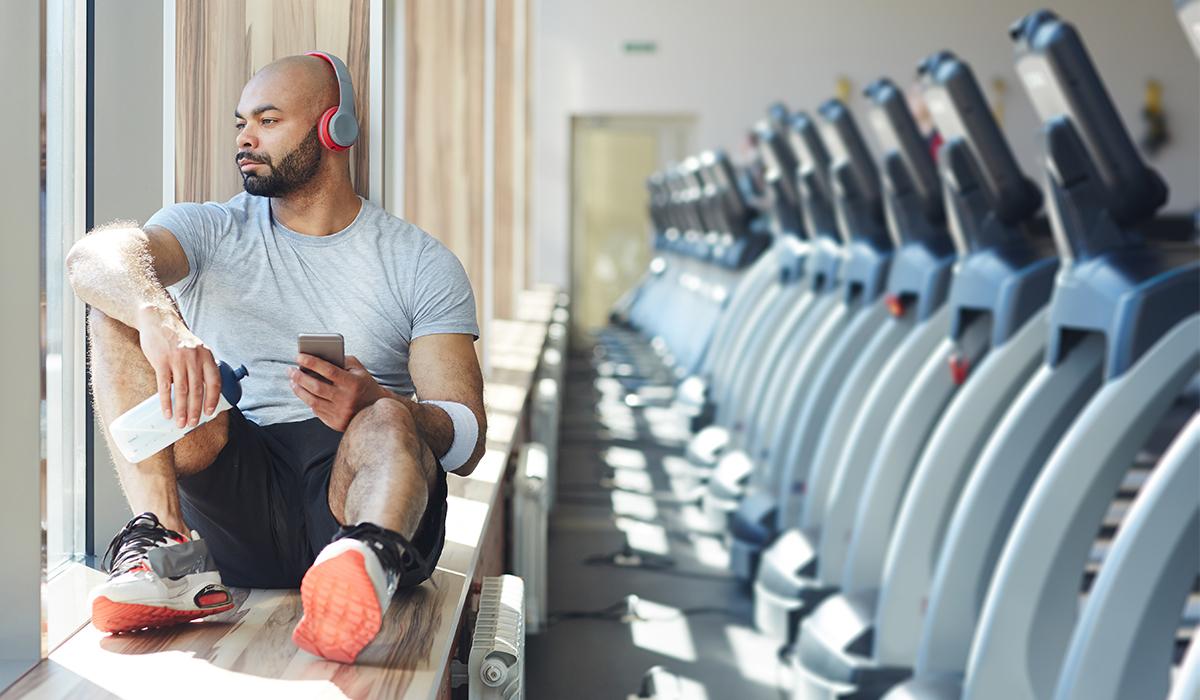Finding a workout routine that fits your personality is one of the key ways to achieve optimal results, says Bend physical therapist Rob Hollander. And, that holds particularly true for introverts – those who may be uneasy about joining a gym or a fitness class due to crowds of people, loud music, or the seemingly prying eyes of other members.
“If you have a more introverted personality, joining a gym, exercise class or workout group may not be your cup of tea, but that doesn’t have to hold you back from achieving fitness or weight-loss goals,” said Hollander, co-owner of Alpine Physical Therapy in Bend. “Fitness opportunities are everywhere, and it’s important you commit to a path that’s comfortable and successful for you.”
It’s been estimated that one-third or more of the U.S. population falls at least partially into the category of “introverts.” This doesn’t necessarily equate to shyness, though, Hollander says.
An introvert is more likely to find many social or group interactions draining. In contrast, they are generally more stimulated and energized by personal or alone time.
With this in mind, Hollander offers the following advice to help introverts achieve their fitness goals:
Exercise Solo: If you’re more comfortable by yourself or just don’t feel like dealing with crowds of people at the gym, simply consider fitness options you can do on your own – options like running, swimming, cycling or going for a walk. As exercise itself is energizing, so too is alone time for an introvert’s spirit.
Use the Buddy System: A misconception about introverts is they always prefer being alone. The truth is, introverts enjoy spending quality time with close friends, and this can be beneficial when exploring various fitness options. Bringing a buddy to the gym or a fitness class can make the experience much more positive than going alone.
Seek Inner Focus: Introverts are known for “living in their heads,” so to speak, and often this breeds a level of creativity and personal reflection they find stimulating. So, consider types of exercises known for benefiting the body as well as the inner spirit – activities like yoga, Pilates, tai chi, stretching, deep breathing, etc.
Arm Yourself with Headphones: Sometimes, you just can’t beat access to the space and equipment a fitness club can provide. So, if you just can’t turn your back on the gym, make the experience easier with a good set of headphones. Not only can you choose your own audio motivators (i.e., music, podcasts, books, etc), but simply wearing headphones can help ward off unwanted conversation.
Stream at Home: Streaming at-home fitness apps have come a long way over the last couple of years. Services like Peloton, Aaptiv, ClassPass, etc., offer professional-level streaming workout programs (and equipment, in some cases) for at-home fitness. Hollander, however, offers a bit of caution before starting one of these programs.
“While some at-home programs can be good, they can’t provide immediate feedback about incorrect form, movement deficiencies and weaknesses in strength and flexibility that, over time, can lead to discomfort, pain or injury,” Hollander said. “So if you try one out, I highly recommend you first get assessed by a physical therapist to ensure any new workout regimen is going to be safe and lead you toward your actual fitness goals.”

Nice article about physical fitness